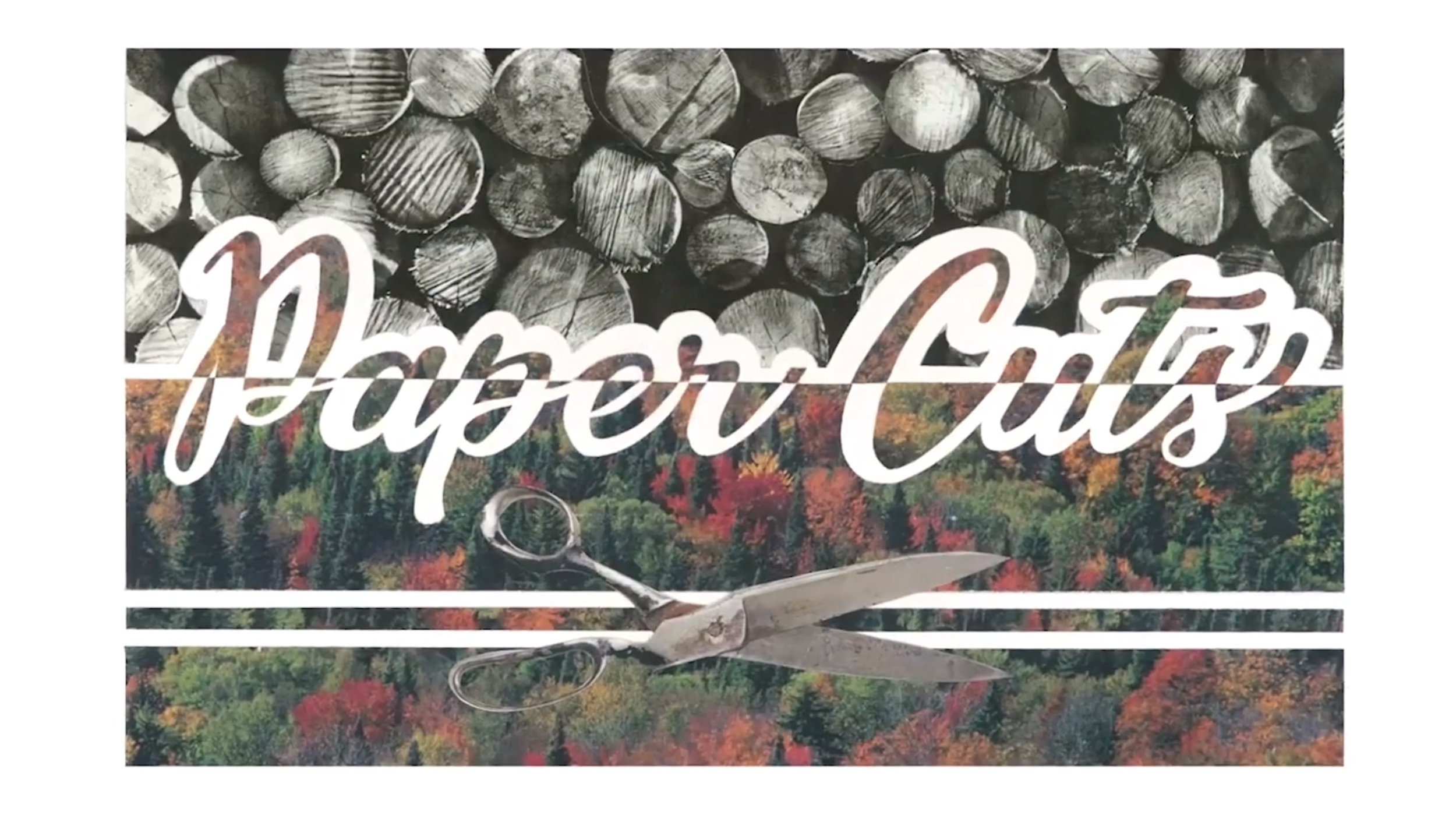
The art of paper
In this series for CBC Arts, we visited artists in their studios to watch them make magic with paper, scissors, glue sticks and X-Acto knives. For each episode we captured one piece being created from start to art and interviewed the creator about process and motivation.
CBC Arts presents Paper Cuts
Christine Kim
When Christine Kim was doing graduate studies in Edmonton, she explains, it was important she be able to keep making art with something that was portable. She says, "The easiest thing that I could carry or I could buy there that's very portable is paper. And it just led to wall collages — it was just kind of a huge tornado of paper." And that whirlwind of paper has continued to surround her work, which consists of illustration, sculptural forms made out of the material, and collages that combine her drawing with her cut paper work.
Cybèle Young
Watching Cybèle Young make one of her paper-based artworks is almost kind of scary. She can take Japanese paper and make things out of it that seem impossible — like, for instance, the jellyfish you'll see her making here. To give her pieces strength and flexibility, Young uses a Japanese craft called shifu — basically, making paper into thread. And that kind of strength is balanced by the fragility of the paper she uses to make things like jellyfish tentacles. It's all in service of creating a more expansive world. Young says, "Most of my life, I've been working in miniature. I think that there is a psychological component, in that you can control your world. You can create a sort of Lilliputian world that you can project yourself into and it can be anything you want. And I do want my audience to be able to do that as well."
Col Mitchell
Mitchell makes her work by tearing, wetting and manipulating paper into a ground that she can build on. As she explains, her work is very intricate. "I will do my compositional work in Photoshop," she says. "I transfer that image onto paper and onto panel and then, once that's done, then I just choose my papers. My papering process is to wet the paper, crumple the paper — essentially I'm breaking the sizing and I'm making the paper softer so it will move more easily. I'm working with it on an acrylic medium so it will slide and tear less and then forming it by hand."
Cat Lamora
Cat Lamora immigrated to Canada from Korea. Why is that important? Because living as an artist in Toronto, they're constantly returning to the folk tales, stories and words from elders that they carry from childhood.
Lamora says, "In Korean traditions, a lot of our knowledge is passed down from the elders to the children orally. So we're taught stories; we're told folk tales. Songs are gifted to us by them. I think when I was younger, I didn't have as much of an appreciation because I didn't understand what a wealth of knowledge, what a wealth of inspiration it was — but with age and being away from home, I think I'm finally seeing just how beautiful it is."
